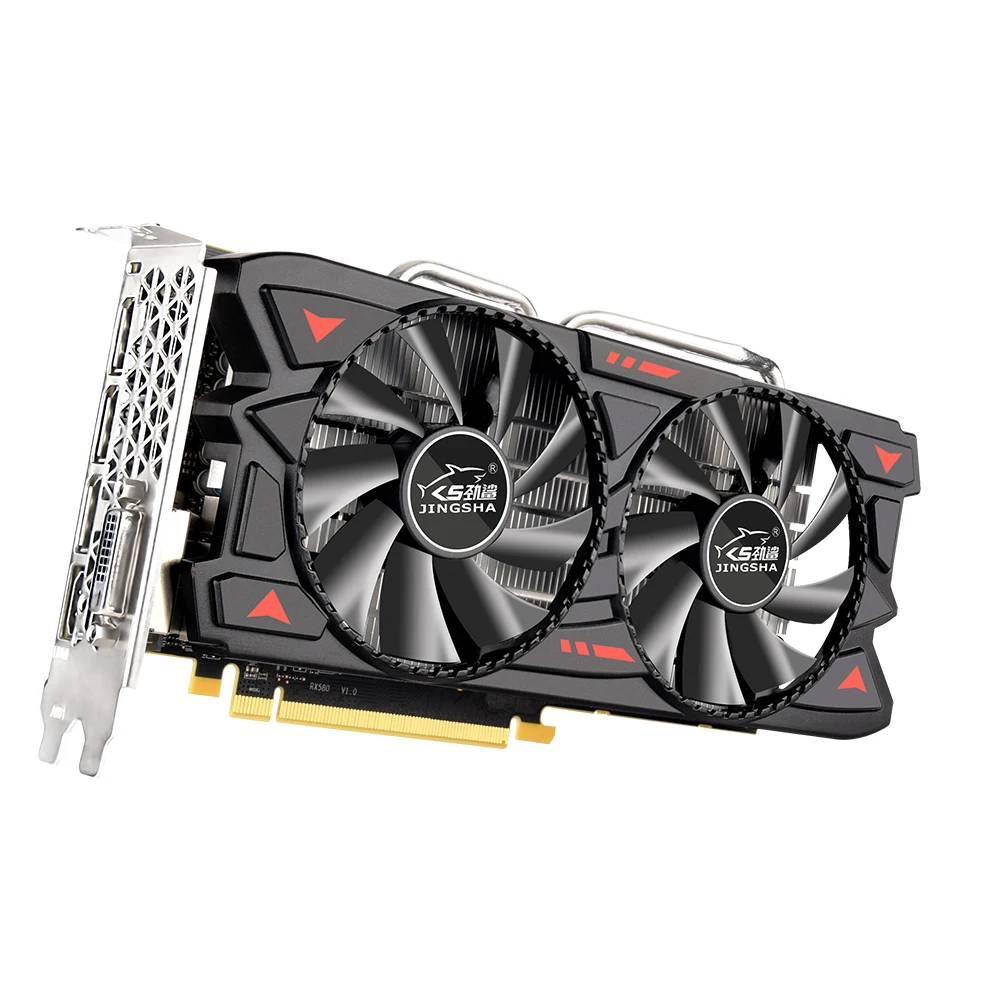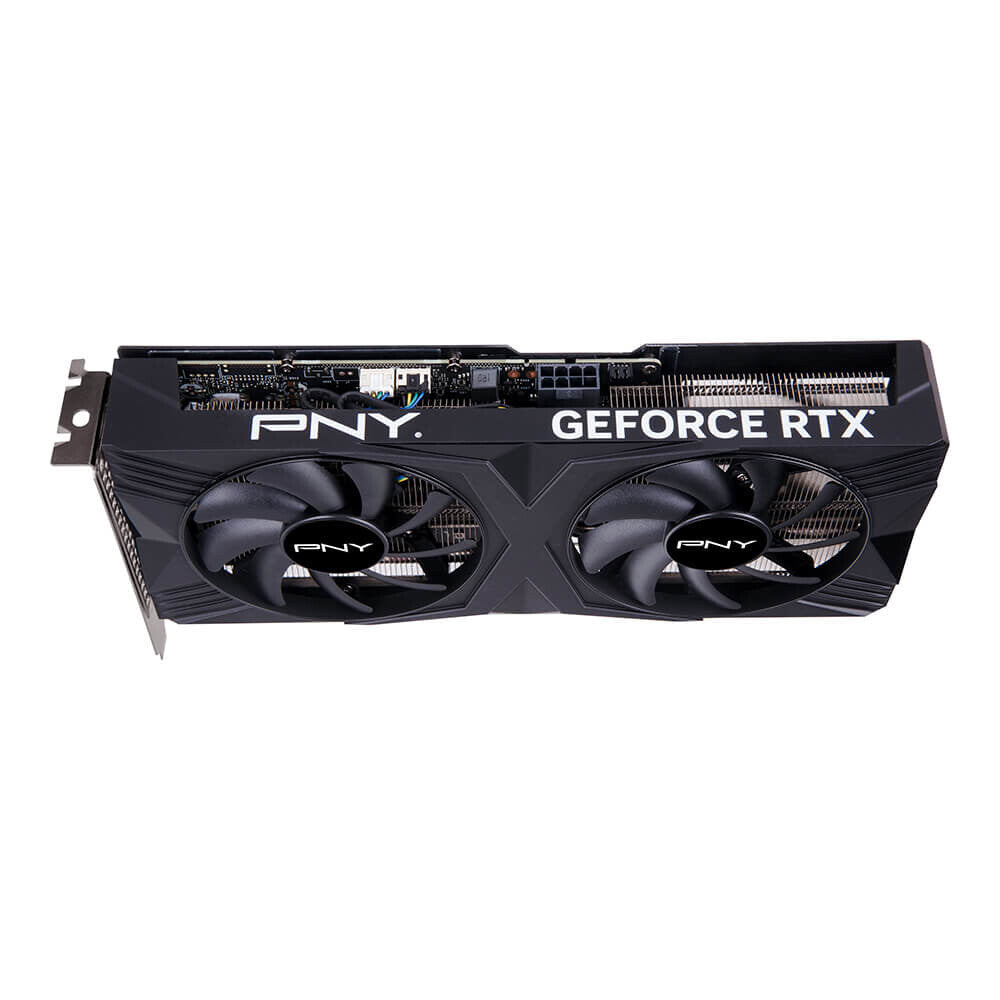The Xbox One revolutionized home gaming when it launched, offering console gamers an exciting mix of performance and accessibility. A core aspect of the console’s capabilities is its graphics card, which plays a critical role in rendering beautiful, immersive worlds. As gaming technology evolves, many players and enthusiasts often wonder how the Xbox One graphics card stacks up against PC options. This article will break down the performance characteristics of the Xbox One graphics card, compare it to various PC graphics cards, and highlight the implications for gamers deciding between console and PC gaming.
Understanding the Xbox One Graphics Card
The Technical Specifications
The Xbox One features a custom AMD GPU based on the GCN (Graphics Core Next) architecture. This graphics card is capable of delivering a performance level that sits comfortably between entry-level and mid-range PC graphics options. The GPU operates at a clock speed of 853 MHz and offers 12 compute units, resulting in a raw computational performance of around 1.4 teraflops.
Understanding how the Xbox One’s graphics card fits in the larger context of gaming hardware helps illuminate its strengths and limitations. As a console, the Xbox One optimizes its hardware for a closed environment, meaning developers can harness its capabilities effectively, unlike in the diverse world of PC hardware.
Features and Performance
The Xbox One supports a range of visual features to enhance graphics quality, such as tessellation, high dynamic range (HDR) lighting, and anti-aliasing techniques. The system can render games at 1080p resolution, while newer models like the Xbox One X can push resolutions up to 4K, using techniques like dynamic scaling.
Despite its console roots, the Xbox One can still proudly compete with many PC graphics cards. However, developers often optimize games specifically for the hardware, making it crucial to consider the quality of the console’s overall gaming experience.

Comparing Xbox One with Entry-Level PC Graphics Cards
Recommended Entry-Level Graphics Cards
When comparing the Xbox One’s GPU performance, it’s essential to look at entry-level options available for PC gaming. Graphics cards like the NVIDIA GeForce GTX 1650 and AMD Radeon RX 550 are common entry-level choices that many gamers consider. These models are priced affordably and offer solid performance for most gaming scenarios.
The GTX 1650, for example, operates at around 1.5 teraflops and is designed for 1080p gaming with decent frame rates in modern titles. Meanwhile, the RX 550 typically provides comparable performance for similar price points. Both cards outperform the Xbox One’s graphics card in raw computational power, making them appealing options for budget-conscious gamers looking to assemble a gaming rig.
Real-World Performance Metrics
While the technical specifications provide a rough comparison, actual gaming performance can vary significantly based on factors like driver optimization and game design. Many titles released for PC offer settings that can be adjusted based on hardware capabilities, allowing gamers with entry-level GPUs to enjoy higher frame rates or enhanced settings.
In practice, both entry-level GPUs can achieve better frame rates and graphics fidelity than the Xbox One in many scenarios. Gamers will appreciate the freedom to tweak settings, which can be a significant advantage of gaming on a PC.
Mid-Range Graphics Cards vs. Xbox One
Popular Mid-Range Options
For gamers looking for a more robust experience, mid-range graphics cards provide excellent performance without breaking the bank. Options like the NVIDIA GeForce GTX 1660 Super or AMD Radeon RX 5600 XT deliver impressive results in modern games. The GTX 1660 Super, with approximately 1.8 teraflops of performance, can handle many titles at 1440p resolution.
In comparison, the Xbox One’s capabilities can feel limited, especially in the face of these PC graphics cards. The mid-range options outperform the Xbox One in terms of overall power and flexibility.
Enhanced Graphics and Performance
When comparing real-world performance, mid-range graphics cards can often run games at higher settings, smoother frame rates, and improved visuals compared to the Xbox One. Gamers with powerful graphics options can experience higher resolutions and better graphics fidelity, making the gaming experience more immersive overall.
Additionally, the upgradeability of a PC allows players to keep up with trends in graphics technology. Gamers can invest in future-proofing their rigs, something the closed nature of a console does not allow. This flexibility can be an important factor for people who want to stay on the cutting edge of gaming technology.

High-End Graphics Cards and Xbox One
The Roster of High-End GPUs
Turning to high-end graphics cards, players will find exceptional options like the NVIDIA GeForce RTX 3070 and the AMD Radeon RX 6800 XT. These cards push gaming performance to new heights, often surpassing the standard 60 frames per second (FPS) target at 4K resolution. With impressive teraflop ratings—up to 20 teraflops with the RTX 3080—these GPUs cater to serious gamers and professionals alike.
In this realm, the Xbox One begins to show its age. The significant performance gap means that high-end GPUs can render scenes with incredible detail, realistic lighting effects, and advanced textures that the console cannot match. High-end graphics cards cater not only to gaming but also to creative applications such as video editing and 3D rendering.
Comparing Visual Quality
Besides raw performance numbers, the visual quality achieved with high-end GPUs significantly outmatches the Xbox One’s capabilities. Features like ray tracing, variable rate shading, and DLSS (Deep Learning Super Sampling) elevate the gaming experience to a cinematic level.
The Xbox One, while designed for quality gaming, cannot utilize these advanced graphical techniques. For gamers seeking the best possible visuals and frame rates, a high-end PC build leads to significantly better output.
Considerations for Console vs. PC Gaming
Cost-Effectiveness and Value
When comparing the Xbox One with PC options, cost plays a significant role. The Xbox One offers an all-in-one solution at a relatively low initial investment compared to building a gaming PC. However, individual budget choices tend to favor consoles for instant access to a library of exclusive titles and a more straightforward gaming experience.
On the other hand, building a gaming PC often incurs higher upfront costs. Yet, a gaming PC can be upgraded component by component over time. This flexibility allows gamers to gradually invest in more powerful hardware, helping them keep pace with gaming technology as it evolves.
Game Library and Exclusivity
Console gaming typically comes with exclusive launch titles that create lasting appeal for developers and gamers alike. Iconic franchises like Halo or Gears of War are not available on PC, while some of the most celebrated PC titles, such as World of Warcraft and Cyberpunk 2077, are not found on the Xbox platform.
Ultimately, your choice will depend on personal preferences, playstyles, and the type of gaming experience you seek. Gamers comfortable with the flexibility of PC gaming will appreciate the advantages it brings, while those who enjoy the simplicity and community aspects of consoles may find value in sticking with platforms like the Xbox One.

Performance Optimization Techniques
Maximizing the Xbox One Experience
For players using the Xbox One, there are numerous ways to optimize the gaming experience. One crucial method involves regularly checking for software updates. Keeping your console updated ensures it can run the latest games smoothly and efficiently.
Additionally, consider managing your storage effectively. Removing unused games or content frees up space for new titles, improving performance. If your Xbox One supports external storage, using an SSD can enhance loading times.
Enhancing PC Performance
On the PC side, gamers can implement several techniques to ensure optimal performance. Keeping drivers up to date is vital, as manufacturers provide updates that enhance compatibility and performance with new titles. Overclocking your graphics card can also yield additional performance benefits, but it requires careful monitoring of temperature and system stability.
Furthermore, adjusting in-game settings allows players to balance performance against visual quality. Lowering unnecessary graphical effects helps retain smoother frame rates, especially in more demanding titles.
Future Trends in Gaming Hardware
The Evolution of Console and PC Graphics
As technology advances, both console and PC gaming continue to evolve. The introduction of next-gen consoles like the Xbox Series X showcases how manufacturers prioritize graphics and performance while trying to compete with powerful gaming PCs. Features like ray tracing, higher frame rates, and faster loading times contribute to the ongoing race to provide the best gaming experience.
On the other hand, the PC gaming market remains robust, continually pushing hardware boundaries, with new GPUs on the horizon. Manufacturers are responding to demand by delivering increased power and efficiency to satisfy gamers’ expectations.
Preparing for Upcoming Changes
Ultimately, both console and PC gamers should remain aware of upcoming trends that might alter their preferred gaming experience. As cloud gaming grows in popularity, the landscape could shift dramatically, allowing users to enjoy high-quality games without needing cutting-edge hardware. Technological advancements in AI and machine learning may further enhance the gaming experience, making future hardware developments particularly exciting.
Staying informed about these trends enables gamers to make strategic choices that align with their long-term gaming goals. The rivalry between console and PC gaming ensures that gamers will always benefit from new innovations and improved experiences.
Conclusion
The Xbox One graphics card has made a notable impact on the gaming landscape, providing solid performance for countless players. However, when compared to various PC options, especially entry-level and high-end graphics cards, its limitations become apparent.
Choosing between an Xbox console and a gaming PC ultimately depends on individual preferences concerning cost, gaming experience, and future capabilities. By understanding the graphical differences, features, and nuances offered by both platforms, gamers can make informed decisions that align with their gaming experiences. With ongoing hardware improvements and innovations, the gaming world will continue to evolve, providing exciting opportunities for all types of players.


